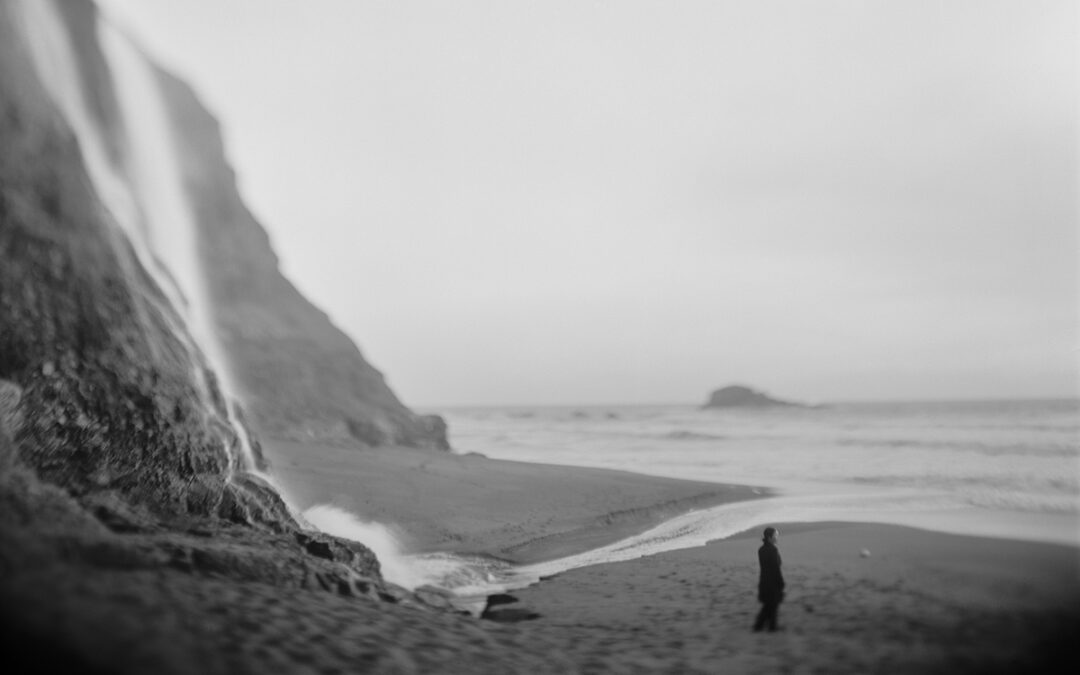Capturing the beautiful, dynamic, and sometimes sorrowful moments nature has to offer is no easy feat and takes a careful eye. The woman behind the lens, Tomiko Jones, is an assistant professor of photography who explores the geography of changing landscapes. “I’ve been a strong visual observer since I was a kid, getting my first camera when I was nine years old… (In college,) I initially started documenting the devastation of the old-growth forest in the Pacific Northwest, which was extremely heartbreaking as a person who loved to walk amongst the giant trees. I would be out with my film camera photographing the clear cuts and destruction. Witnessing that destruction led me in my early days to environmental activism.”
Although she spent many years in a freelance business in her home region of the Pacific Northwest, Hawai’i and Japan, Jones eventually made her way to Madison for a teaching position, hoping to further share her love for photography with others. “I lived in Seattle for 15 years and contributed to the community through volunteer work while pursuing my photography career. I always enjoyed sharing knowledge and empowering people to use the camera and find their vision… That’s how education became important to me, it was fulfilling to share what I know and love with people who wanted to learn. Knowing that there’s the possibility to influence future generations by supporting them felt more important than any client job I could take on.”
About her teaching experience
“One of the great strengths of the Art Department is the graduate program. We have students across all disciplines, and there is an opportunity to have one-on-one connections in concept and professional development, technique, and process. I teach at all levels, in both the undergraduate and graduate program. With undergraduate students, I love teaching the beginning film class because so much magic can happen in the darkroom. My first year here (2018) I designed a place-based Special Topics course, taking Madison as the subject (Site-Specific Investigation: Madison). We started on campus with the UW-Madison First Nations Cultural Landscape Tour, followed by a guided tour of the State Capitol building, linking land to state, and looking at seats of power. We visited the Wisconsin Historical Society and looked at archival images of the university. This past fall, I designed another Special Topics course, Photography Expanded, a course that introduced 19th-century photographic processes. This type of practice makes us slow down and think intentionally about everything you’re making. It’s very hands-on, and that physical involvement with the tools is something I enjoy teaching.”

